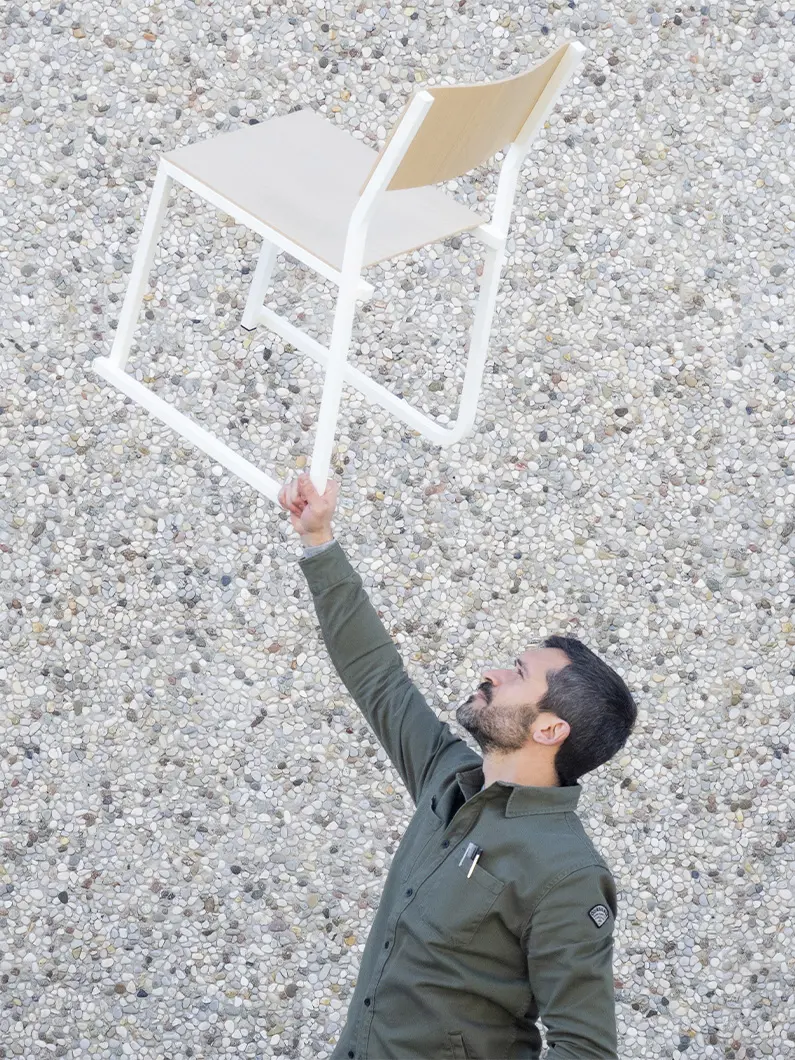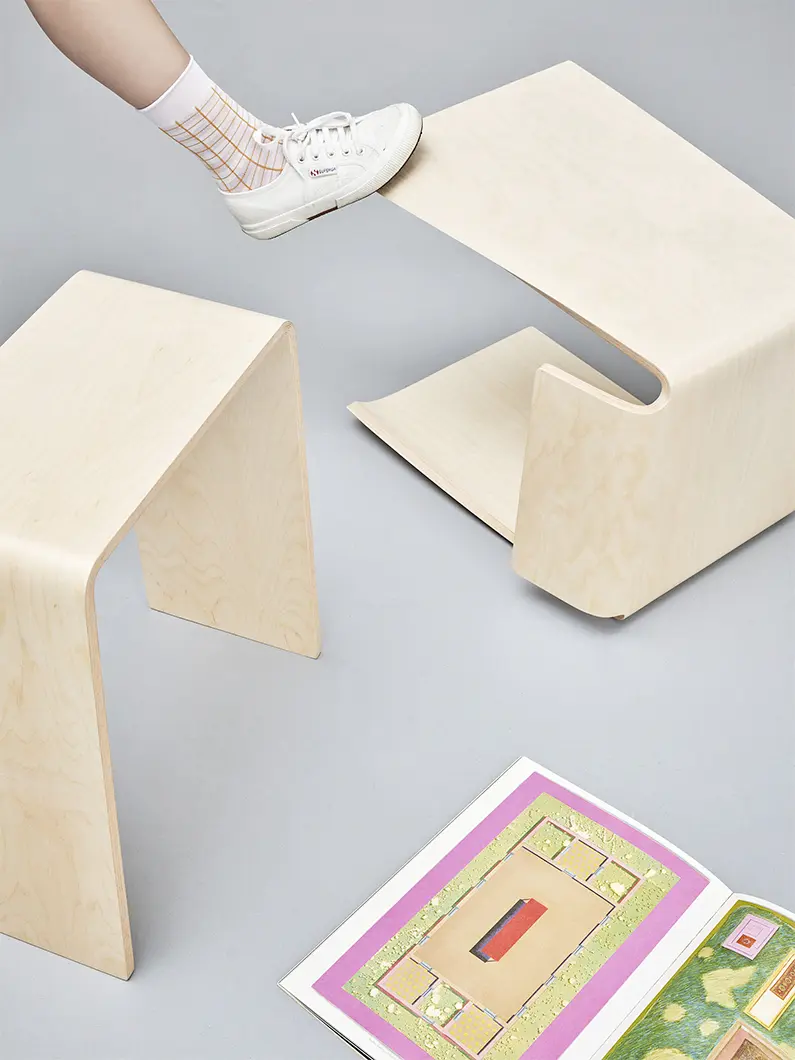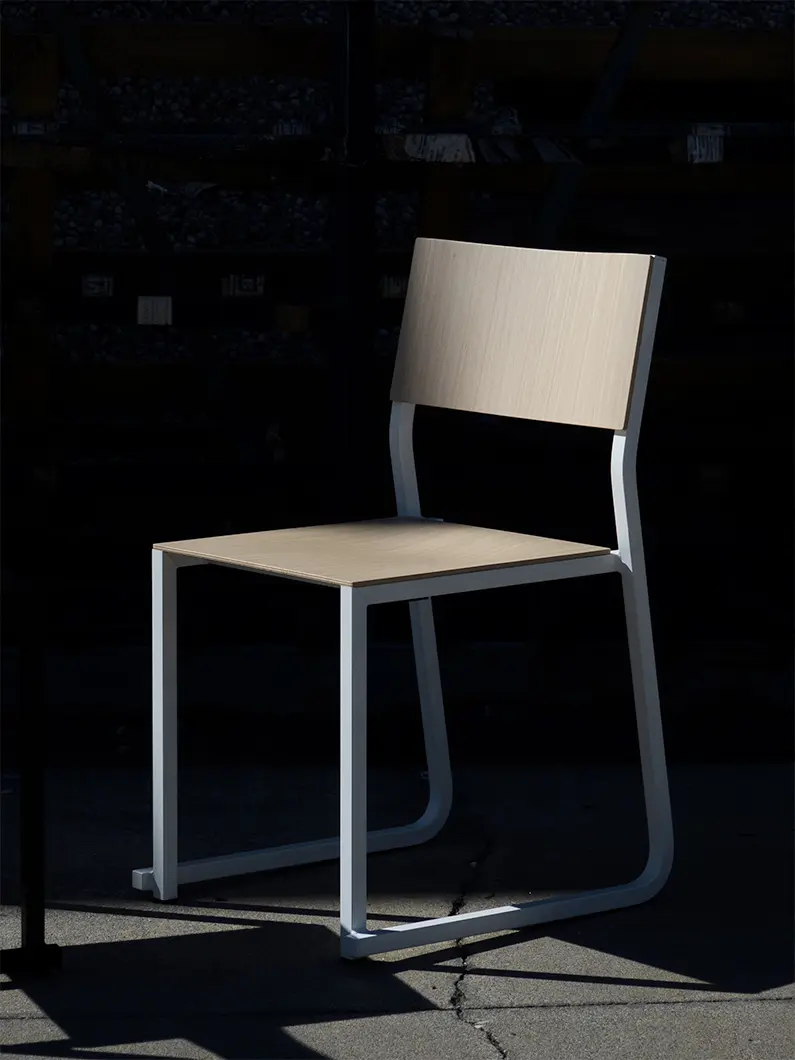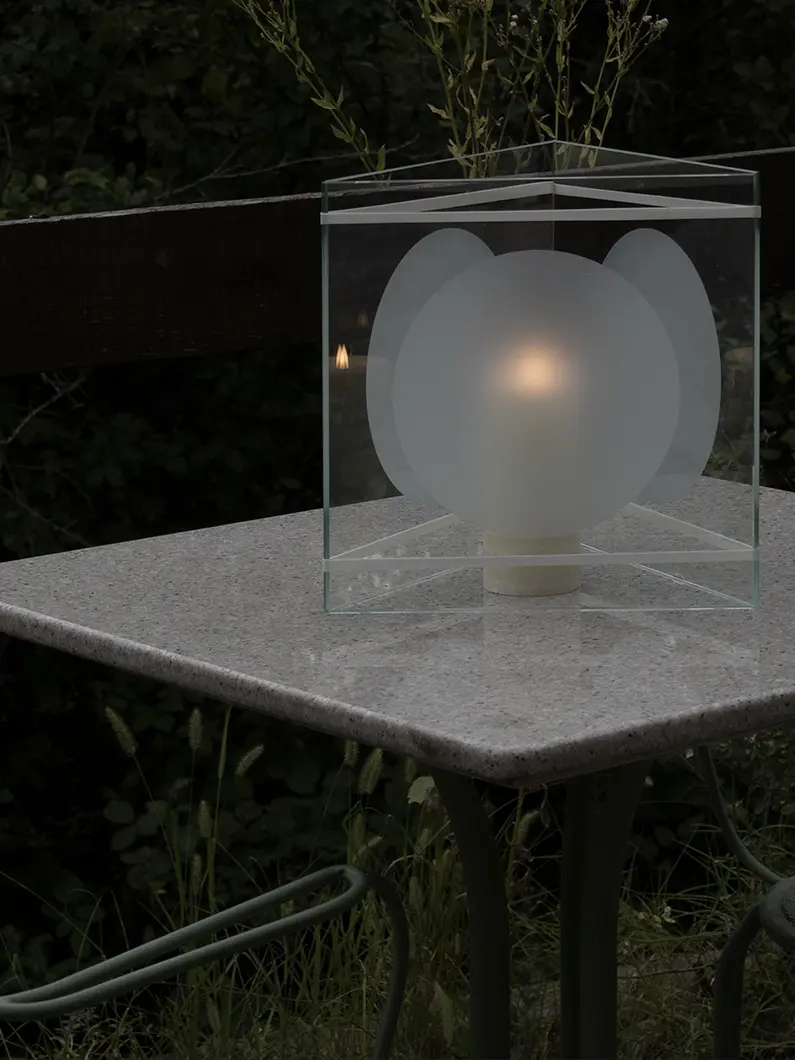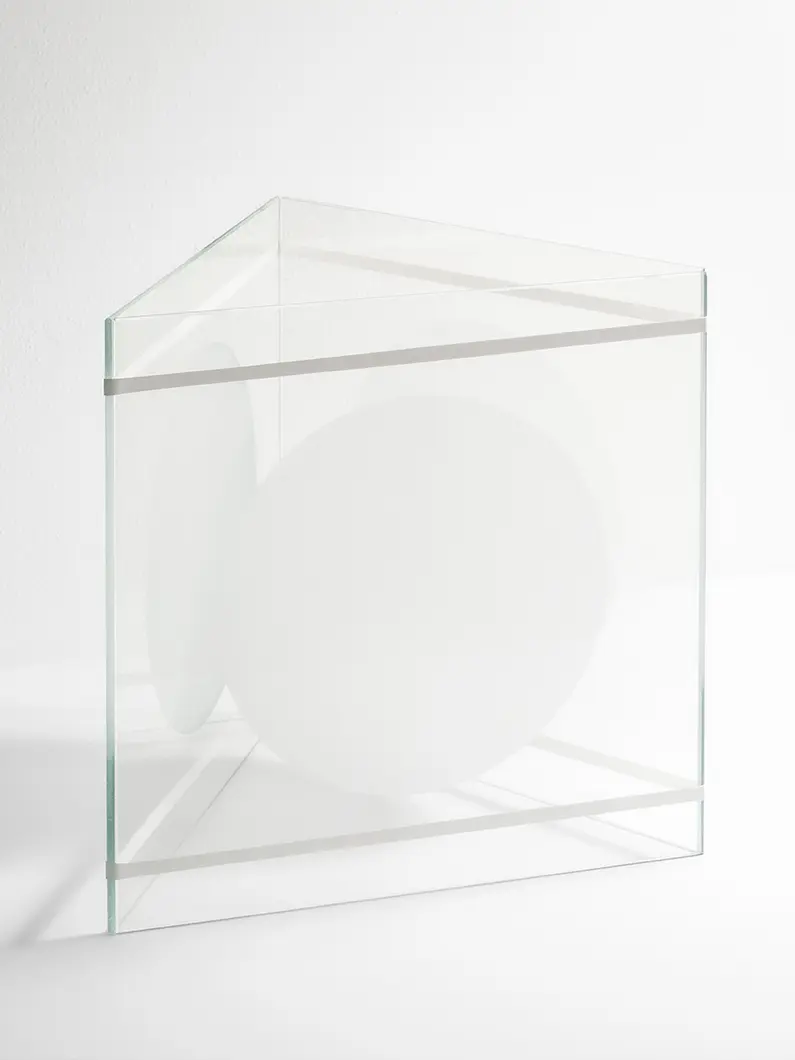In partnership with MiCodmc, a selection of establishments ripe for discovery during the 63rd edition of the Salone del Mobile.Milano, from 8th to 13th April
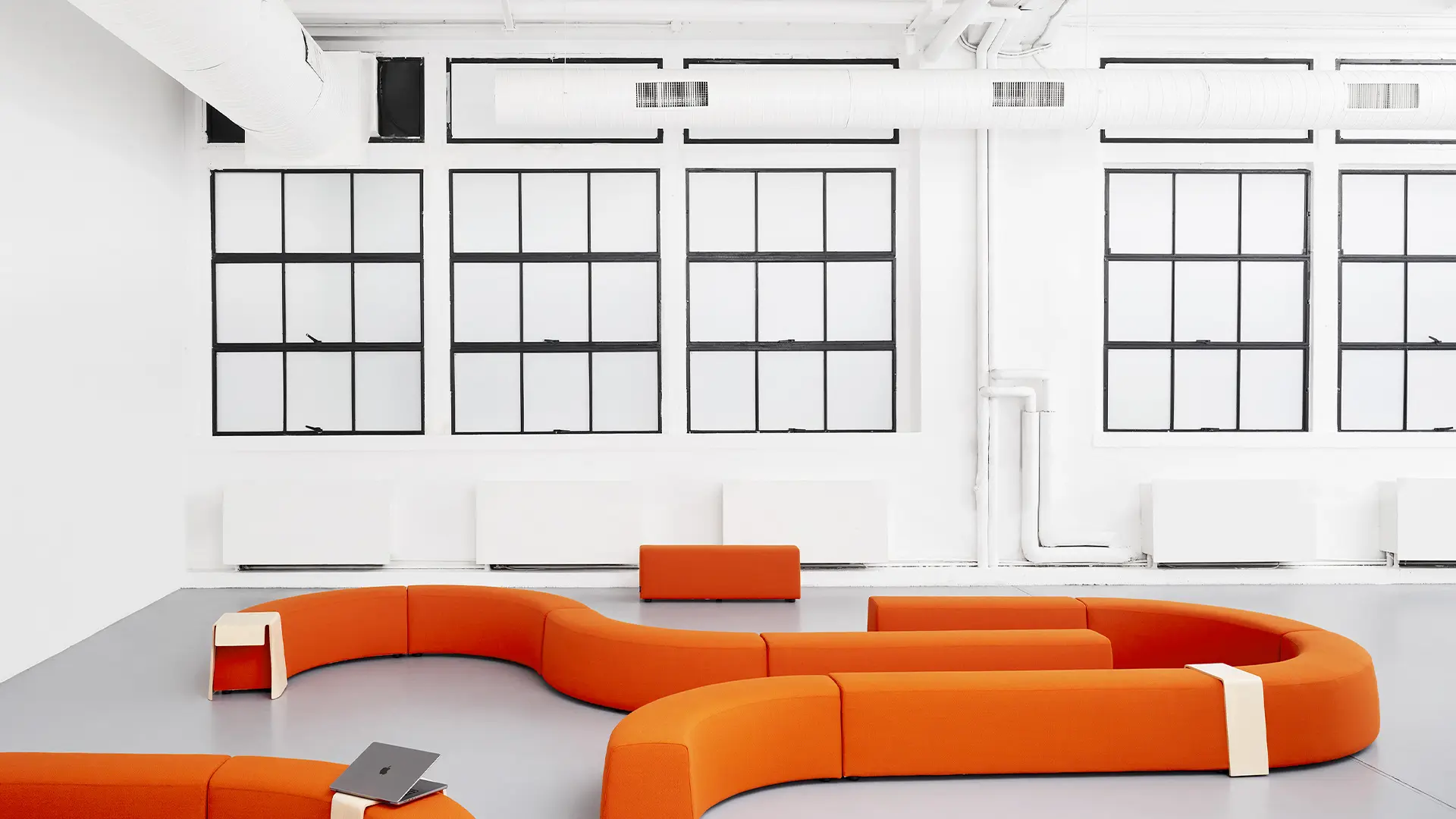
Manerba, Super Random, design Gio Tirotto - Ph. Omar Sartor
The approach to design and the challenges of tomorrow. A conversation with the designer who in 2010 founded the studio bearing his name
Gio Tirotto has done what many have done since the pandemic: returned to his place of origin to continue a path he began in Milan. The reasons are much the same - the choice of a slow life, on a more human scale and less expensive - and today Gio speaks of it as a successful decision, clearly reflected in his work. “After studying at the Politecnico di Milano, I started working with various design firms, including Diego Grandi. After 10 years I returned to Fiorenzuola and gave myself two months to return to Milan, enough time to look for another house. But in the end I never went back because I started working here, where it was more comfortable and it was easier on the budget.”
That’s right. I can’t say whether this has anything to do with my approach, but obviously research into each of my products takes place here. So definitely the different pace of this town plays a part. I only took one piece of advice away from Milan, which Diego gave me: Remember to be patient but not lazy. When you manage to strike this balance, I think you’re working well. You have to be patient and not make a hundred, but avoid being lazy to make a good one. Because, at the end of the day, all that happens is that every chair is a great experience. That’s the connection with the place where I chose to live, which gave me the opportunity to move at a slower pace.
I think so. It may sound like a foregone conclusion, but it’s true. I’ll give you an example. When the first lockdown hit, we were right in the cathartic moment of the pre-Salone. The first year I took part in the Salone del Mobile, in 2007, was my first approach to the exhibition system. Since then I’ve always collaborated with people who took part in it. And after so many years, all at once, this mechanism came to a standstill. Everyone was blocked, everything that people were planning and doing, including exhibition designs, investments, etc. It was all blocked. And we knew that it would be impossible to do them again, because they’re closely bound up with the moment, which was changing completely. We were no longer even talking about a fashion. Everything stopped and this, as I see it, affected the way I moved around in my world and in Milan. At a certain point, it became very normal to work online, for example. And above all, I had the opportunity to stop and ask myself ,“What would you like to be when you grow up? What’s the most important thing?” And I’ve been looking for this thing. Most likely, if I’d been in the total rush of the Salone, I would have put it off until later. Because very often you say okay, that’s the dream, as soon as I have a moment I’ll start planning what to write in the email. I actually did it right there and then. So if you ask me if the lockdown had an impact, it did, because that email then founded a product that we will be launching next February.
Thanks to that period and unfortunately because of that period. In my opinion, companies are struggling a little more than before, and even those that produce lamps, chairs and tables, in my opinion have begun to approach slow design and sustainability for an obvious vital reason, since the work is no longer what it used to be. The trade fair system has also changed a lot. The first Salone del Mobile after covid, conceived by Stefano Boeri, was a beautiful project because it was based on a fairly simple democratic space. I’ve also noticed in general that a lot of brands have become more radical since then. For me, everything changed very radically, very quickly.
From this year’s, first of all I made a product for Manerba, which is called Super Random, and I gladly took it home because it was a very important experience. Manerba is an office company, with a very skillful and highly professional artistic direction, just right for contemporary design. It commissioned me to create an “iconic” product. So I started studying, and starting from a pouf we arrived at an upholstered seating system with curved plywood elements and everything completely dismantlable. We won the Archiproduct Awards with this product! And then from the last Salone del Mobile I took home a chair for Infinity, a chair that was in development for more than two years, which took the company to a deeper level of analysis of the culture of design itself. We chose aluminum as being completely recyclable, because it is so light, infinitely stackable and so has the least impact on transport. They wanted to change their paradigm and in my opinion they succeeded perfectly.
I would like other new products to emerge. We’re working for companies that have a huge heritage and we’re doing it, for example with products that we’ve been working on for at least two years. So slow design, in the end, is pretty good design. I don’t think it can take you forty days to make a product, because then it’s either magic or it’s going to use a technology that everyone has used, so there’s no challenge.
I’m passionate about the industry, so I really like technology related to production. I haven’t thought much about artificial intelligence yet. Not out of fear, but maybe it hasn’t attracted me so far. Maybe I don’t find its results very exciting. In reality, it just has to become useful, meaning it has to be able to get into the program of a carpentry machine. I’m not one of those who are afraid of an AI conspiracy. I don’t believe in that stuff. Maybe I’m rather a boomer on this.
A design is contemporary when it respects what Enzo Mari said about the concept that “form follows function”. In fact, it is an axiom that expresses the way an object should not be tied to time, but it has to be timeless if it’s a good design. There are timeless, absolute forms that when I look at them don’t have any historical reference. I don’t perceive the fact that it’s futuristic. I only understand the rightness of it.
I spent the first years after university collaborating with Diego Grandi. He really passed on to me the design approach bound up with work, not just an academic approach. Academically I had great teachers, such as Beppe Finessi and Alessandro Guerriero, characters who really stripped monotony from teaching. They meant I experienced university as extraordinary. They taught me that “you either fall in love with this job or you don’t”. It’s true. Either you become completely addicted to this mission, or you don’t, there’s no middle way. Instead, Diego decided to let me work on this and made me understand how to develop my personal mission. And he’s the one who gave me the advice that I bring from Milan, to “be patient but not lazy”. A teacher whom I’ve never met, but who has certainly given me many practical lessons, for instance by looking at her projects, is Patricia Urquiola. Each of her products always has a decorative refinement and a technique, I believe this is the finest combination to achieve the creation of iconic quality.
“Twenty-Five Ways to Drive in a Nail” by Enzo Mari.
I’d recommend this one in front of me, “Apartamento”.

In memoriam: David Lynch
The American director has left us at the age of 78. The Salone del Mobile.Milano had the honor of working with him during its 62nd edition, hosting his immersive installation titled “A Thinking Room”. An extraordinary journey into the depths of the mind and feelings. His vision will continue to be a source of inspiration.



 Stories
Stories
